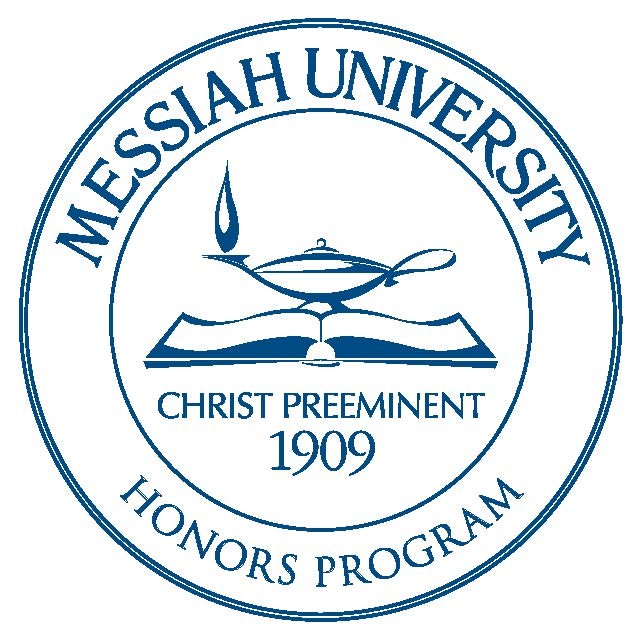Date of Award
12-2015
Document Type
Thesis
Degree Name
Bachelor of Science (BS)
Department
Biological Sciences
First Advisor
Dr. Michael Shin
Abstract
While much currently is known regarding the role of ethylene in plant metabolic processes, relatively little has been studied with the use of ethylene in remediating stress induced by the accumulation of heavy metals. Due to ethylene’s function as a plant hormone that participates in both plant development and senescence, it was necessary to consider various complex factors that may affect plant growth as a result of ethylene concentrations alone. For example, ethylene exhibits inhibitory effects on growth with increasing concentrations in vitro. Due to this limiting factor, this study contains two parts (note: ethephon was used to exogenously induce ethylene production). Part 1: Broad resolution ethephon assay with subsequent finer resolution ethephon assay to assess the optimum concentrations of ethephon to use in the rescue assay Part 2: Rescue assay to determine if ethylene, exogenously induced by ethephon, has a rescuing effect in the presence of zinc stress. It is known that very low concentrations of ethylene induced by ethephon (1 –50 μM) are able to have significant effects on aspects of plant physiology (George et al. 2007). In part 1 it was determined that the optimal concentrations ethephon that also have negligible inhibitory effects were between 1 –10 μM. It was determined in part 2(rescue assay) that at concentrations of 450 and 700 μM ZnCl2, ethephon does not have a significant rescue effect. In conclusion, the results show how ethylene may not be labeled as an effective rescue molecule against zinc toxicity at ethephon concentrations of 1 –10 μM.
Recommended Citation
Christensen, Daniel, "The Effectiveness of Exogenously Induced Ethylene in Rescuing Arabidopsis thaliana from Zinc Stress: An Ethylene Assay followed by a Rescue Assay Using Ethephon Against Zinc Stress with Arabidopsis" (2015). Honors Projects and Presentations: Undergraduate. 18.
https://mosaic.messiah.edu/honors/18


